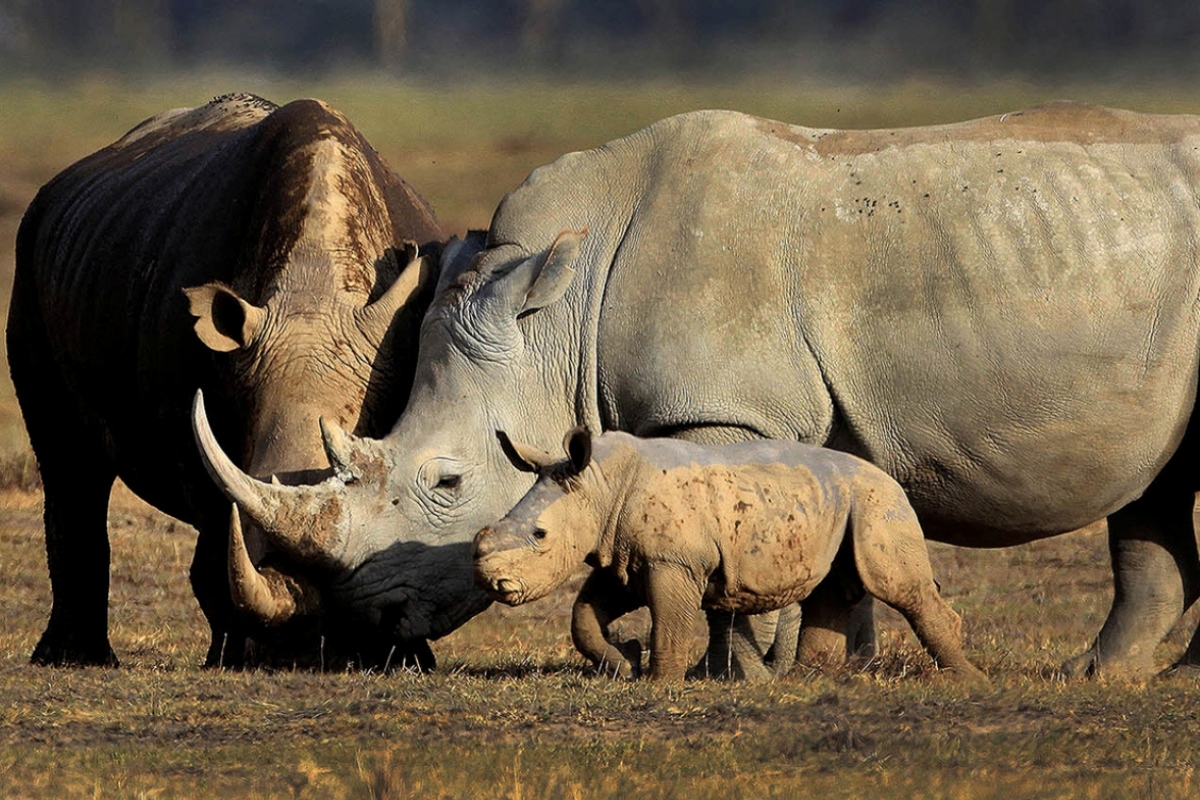Recently, the Global Assessment Report, endorsed by 130 countries issued a red alert on extinction of species. This report warned that up to one million of an estimated eight million species of our planet are at risk of extinction, many of these within a few decades.
A growing worldwide concern of recent times is the extent to which life nurturing conditions have been disrupted. While climate change is most widely discussed in this context, another equally important and in fact closely related concern is the fastincreasing threat of losing more and more animal species. Perhaps the biggest indicator of the reckless mismanagement of our planet in recent times is the extent to which other forms of life have been decimated.
Advertisement
An alarming wipe-out to the extent of 60 per cent of various forms of wildlife is indicated by recent statistics. The Living Planet Index (LPI) is produced for World Wide Fund for Nature (WWF) by the Zoological Society of London.
This Index uses data on 16,704 populations of mammals, birds, reptiles, fish and amphibians, representing more than 4,000 species. On this basis declining trends in wildlife are monitored. This effort involves 59 scientists from all over the world.
The data resulting from such tracking revealed in late 2018 that in the 44 years between 1970 and 2014 these populations fell by an average of 60 per cent. The decline was recorded at 52 per cent in 2010. In other words, during just four years, there was an 8-percentage-point attrition.
Mike Barrett, executive director of science and conservation at WWF, said that the wildlife crash is continuing unabated. He said, “If there was a 60 per cent decline in the human population, that would be equivalent of emptying North America, South America, Africa, Europe, China and Oceania.” Habitat loss is the biggest cause of this massive unprecedented loss caused largely by human activities, followed by killing for food.
Three hundred mammal species are being “eaten into extinction” while there is massive overfishing in oceans. Other top scientists and biodiversity experts have been warning about the onset of ‘the sixth mass extinction’ – the only one caused by the activities of human beings.
A widely discussed recent study by Gerardo Cebellos, Paul R. Ehrlich and other scientists has stated that the “average rate of vertebrate species loss over the last century is up to 100 times higher than the background rate.” Further, this study asserts, “Under the background rate, the number of species that have gone extinct in the last century would have taken, depending on the vertebrate taxon, between 800 and 10,000 years to disappear.
These estimates reveal an exceptionally rapid loss of biodiversity over the last few centuries, indicating that a sixth mass extinction is already under way.” Insects comprise about twothirds of all terrestrial species of Earth.
A recent detailed review of loss of insect species (Francisco Sanchez – Bayo and A.G. Wyckhuys, journal Biological Conservation Vol. 232) indicates that insects are even more threatened than mammals or birds. More than 40 per cent insect species are threatened with extinction and a third are endangered. Their rate of extinction is eight times faster than that of mammals, reptiles and birds. Butterflies, bees and moths are among the worst hit.
A big role in the extinction, which is avoidable, is played by the proliferation of chemical pesticides and other toxic sprays in farms and gardens. Ninety per cent of the world’s most important food crops are threatened by human behaviour that is destroying bees, birds, bats, and other pollinators, according to two US scientists conducting a campaign to protect pollinators.
“It is clearly a concern on the global level”, says Stephen Buchmann, a world-renowned entomologist who launched the forgotten pollinator campaign with Gary Nabhan. Earth is not just for human beings. While various species need to be protected for their own sake, it also needs to be emphasized that various life forms together constitute a highly inter-linked web of life. When some of its constituents are lost others are threatened too.
Loss of one or more species threatens other species. Loss of thousands of species also threatens the survival of human beings. This is why rapid loss of biodiversity is also listed alongside climate change as an extremely serious problem which constitutes a survival crisis or an existential threat. Checking rapid bio-diversity erosion, loss and extinction should be a top priority for humanity in the years to come. We don’t have much time left.
As the Cebellos – Ehrlich study says, “Averting a dramatic decay of biodiversity and the subsequent loss of ecosystem services is still possible through intensified conservation efforts, but that window of opportunity is rapidly closing.” In other words, we do not have much time to avert disaster.
The next few years, especially the next decade, will be crucial from the point of view of deciding if we are able to take the much-needed steps to protect biodiversity in time.
A special report from the Inter-governmental Panel on Climate Change said this in the specific context of climate change very recently, and we only need to add that this time specificity, more particularly the special importance of the next decade, is equally important in the context of bio-diversity.
(The writer is a freelance journalist who has been involved with several social movements. His latest book, Survival Crisis – Planet in Peril has been published by Vitasta.)











